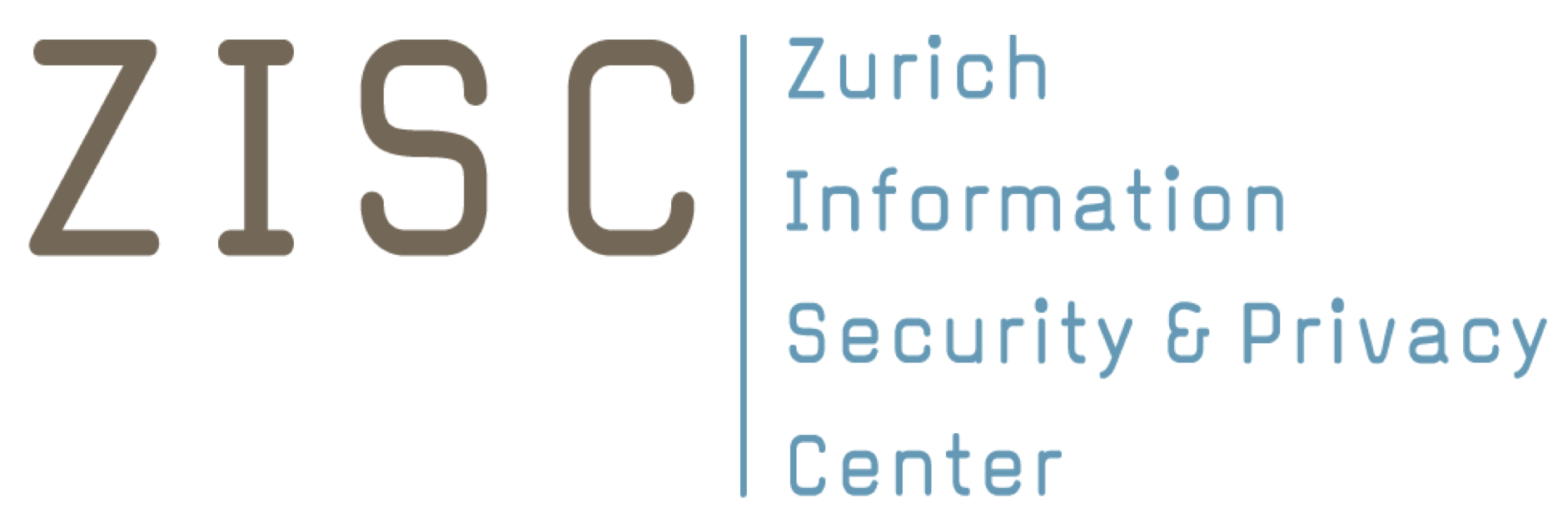[ZISC Lunch Seminar] Anonymity in the Bitcoin Peer-to-Peer Network
Abstract: Bitcoin enjoys a public perception of being a privacy-preserving financial system. In reality, Bitcoin has a number of privacy vulnerabilities, including the well-studied fact that transactions can be linked through the public blockchain. More recently, researchers have demonstrated deanonymization attacks that exploit a lower-layer weakness: the Bitcoin peer-to-peer (P2P) networking stack. In particular, the
